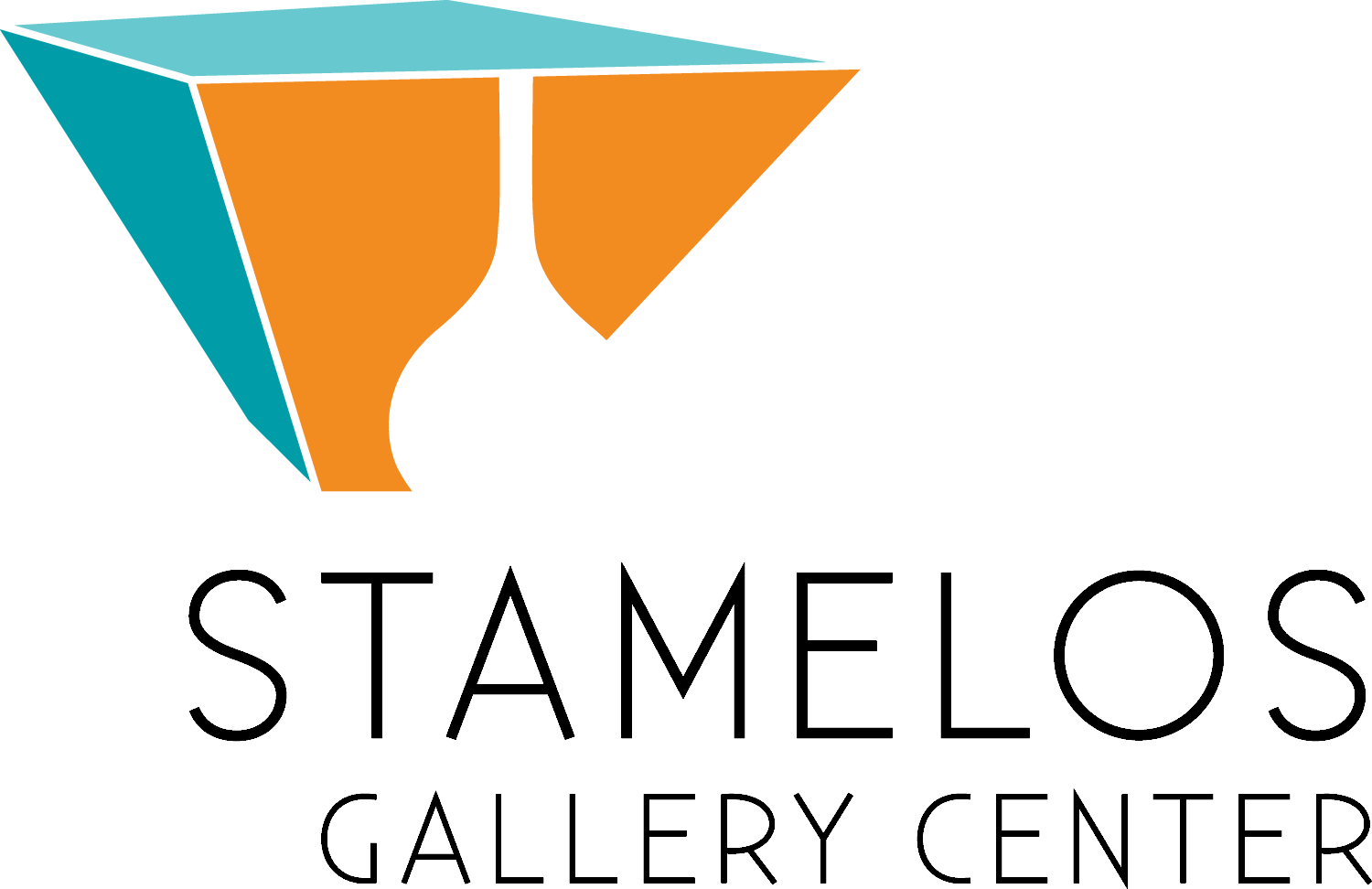
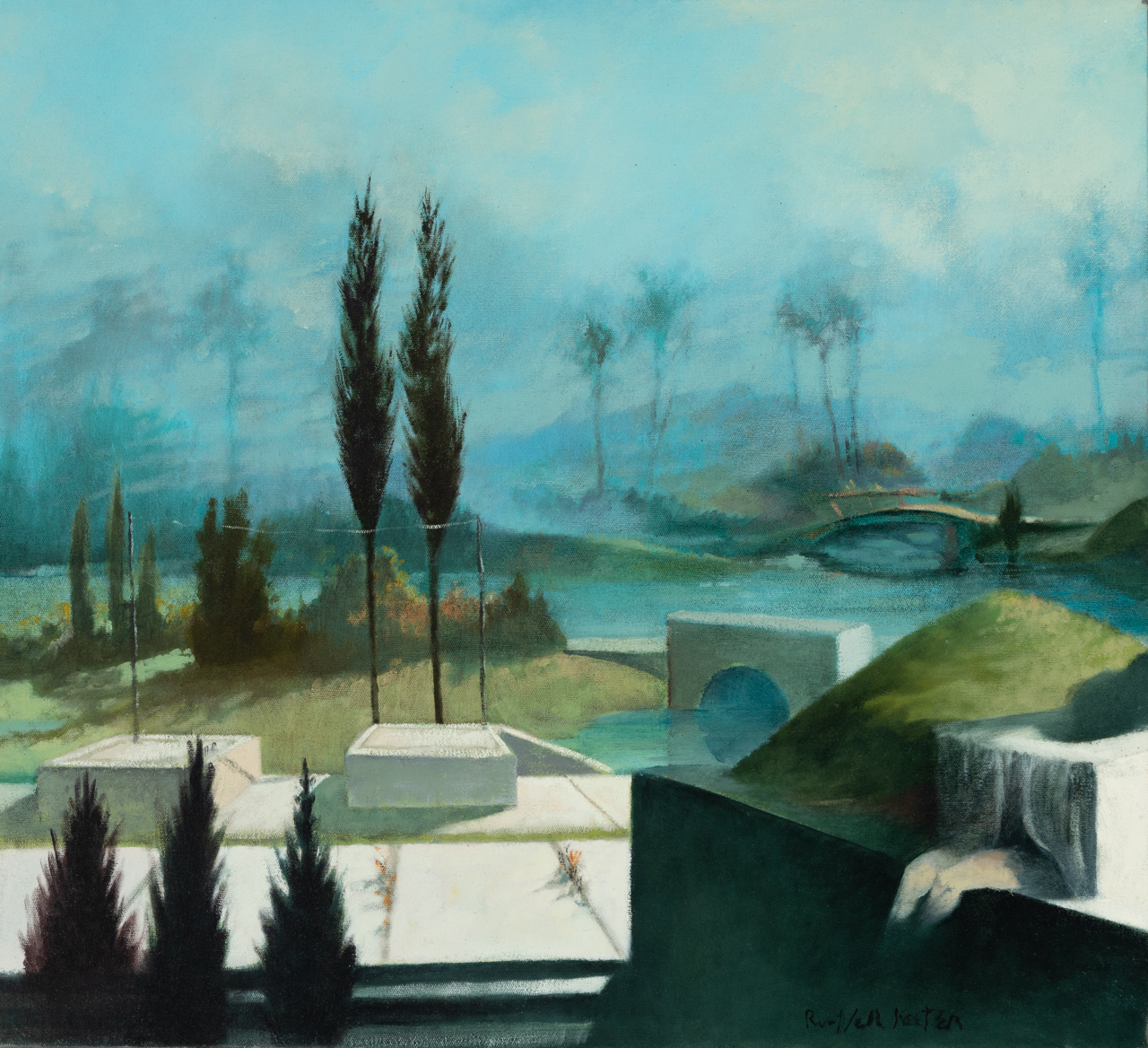
The Stamelos Gallery Center and the Art History Department are together very pleased to present to the University of Michigan- Dearborn campus community, Picturing Places and Spaces: Works of Art from the Stamelos Gallery Center and the University of Michigan Museum of Art.
Since the beginning of the Covid 19 pandemic, people across the world—and in the UM-Dearborn community—have become intensely aware of the spaces of their homes and the mental and spiritual respite offered by the outdoors, whether they be nearby walking paths or public parks. We have started to return to the familiar places and routines of daily life, but many of us dream of traveling again to exciting cities, national parks, or famous sites around the world. In longing for travel, we imagine seeing new worlds or seeing our own worlds with fresh eyes. This exhibition explores both real and imagined places and spaces as depicted by a selection of international, national, and local artists from the sixteenth to the twenty-first centuries.
Picturing Places and Spaces, drawn from the University of Michigan- Dearborn permanent collection, features a selection of prints, paintings and glass ranging in approach from realistic to fantastic, and abstract to expressive. European, Mexican, and American artists, including many from Michigan, are featured. Artworks from a wide variety of renowned artists are displayed including Jacob Lawrence, Romare Bearden, Helen Gerardia, Russell Keeter, Gordon Newton, Grant Fischer, David Huchthausen, and Louise Nobili. Five remarkable Asian paintings and prints, made possible through a generous loan from the University of Michigan Museum of Art, Ann Arbor, are also on view.

The interpretations of lived and conjured worlds are grouped thematically to facilitate the visitor's journey through the gallery. Rather than snapping photos during their travel in this space, we hope exhibition visitors will take with them the varied perspectives offered by the artists in the exhibition.
This exhibition is the culminating experiential learning project of the students enrolled in the Art History Capstone Seminar taught by Professor Susan Erickson during the Fall 2021 semester. In collaboration with Professor Erickson and the Stamelos Gallery Center, the students curated the exhibition, selected the works, designed the exhibition, and researched and wrote about the pieces. The students then participated in an interactive educational opportunity working closely with the Gallery Curator and Registrar to learn incoming loan procedures, gallery preparation, art installation, and lighting in the Stamelos Gallery Center. Participating students are: Lubna Al Nasri; Ethan Arnold; Stephanie Bender; Frank Carter; Nicole Gonzales; Diana Guzman; Mallory Lloyd; Hairaty Mahamadou Alhassane; and Brittanie Sharp.
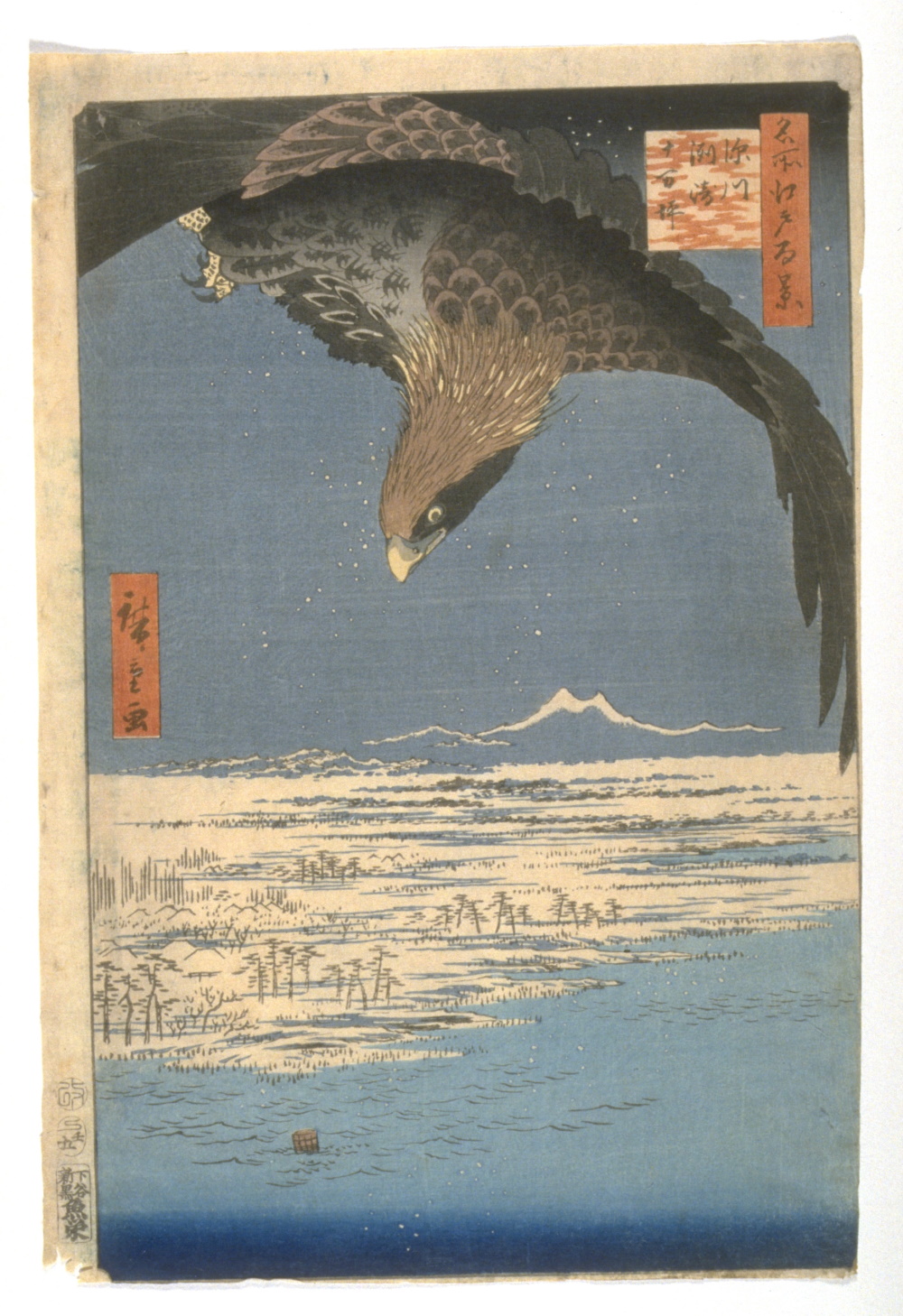 #107 Fukagawa, Susaki and the Jumantsubo Plain, Hiroshige
#107 Fukagawa, Susaki and the Jumantsubo Plain, Hiroshige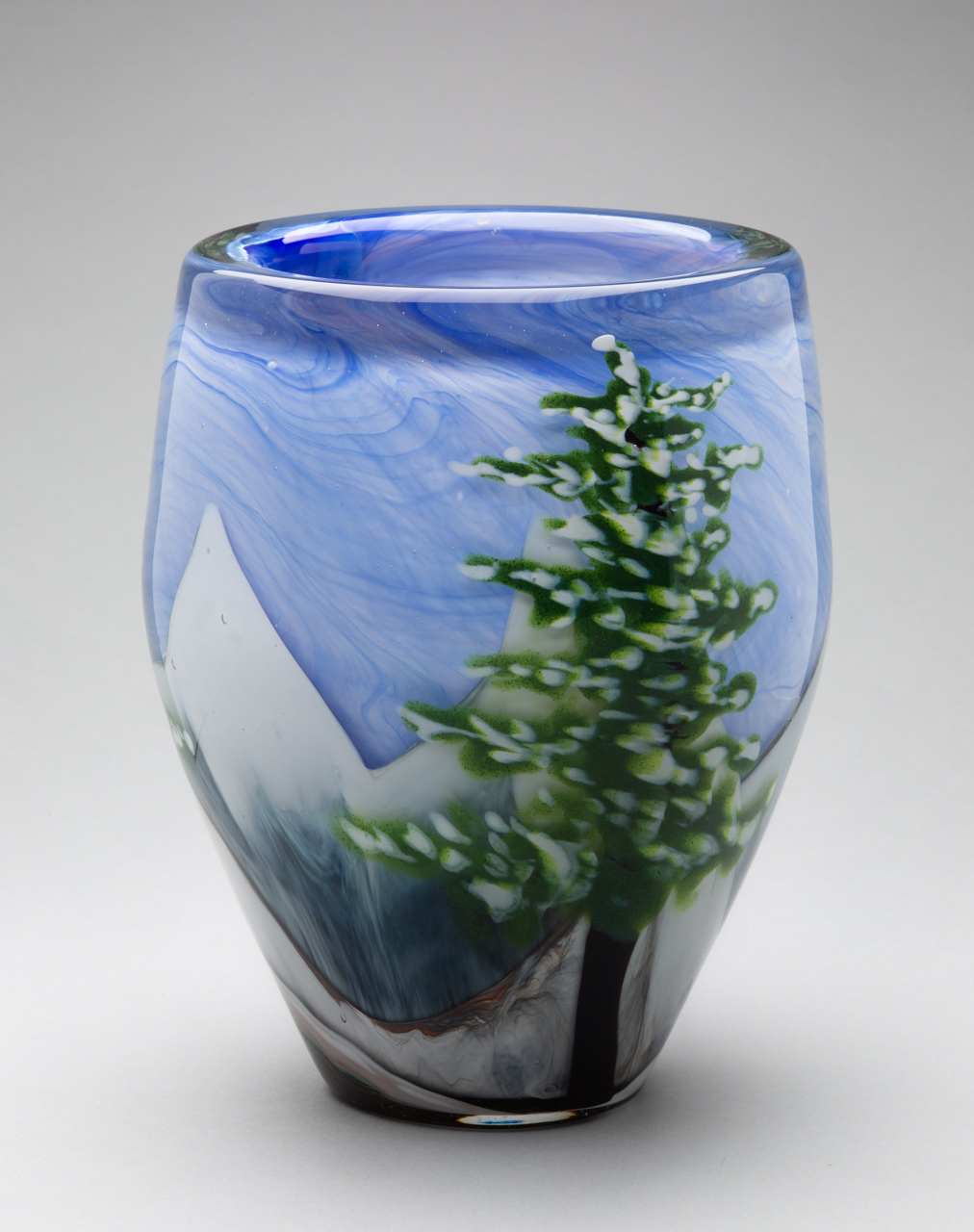 Alpine Landscape-Winter Scene, David Huchthausen
Alpine Landscape-Winter Scene, David Huchthausen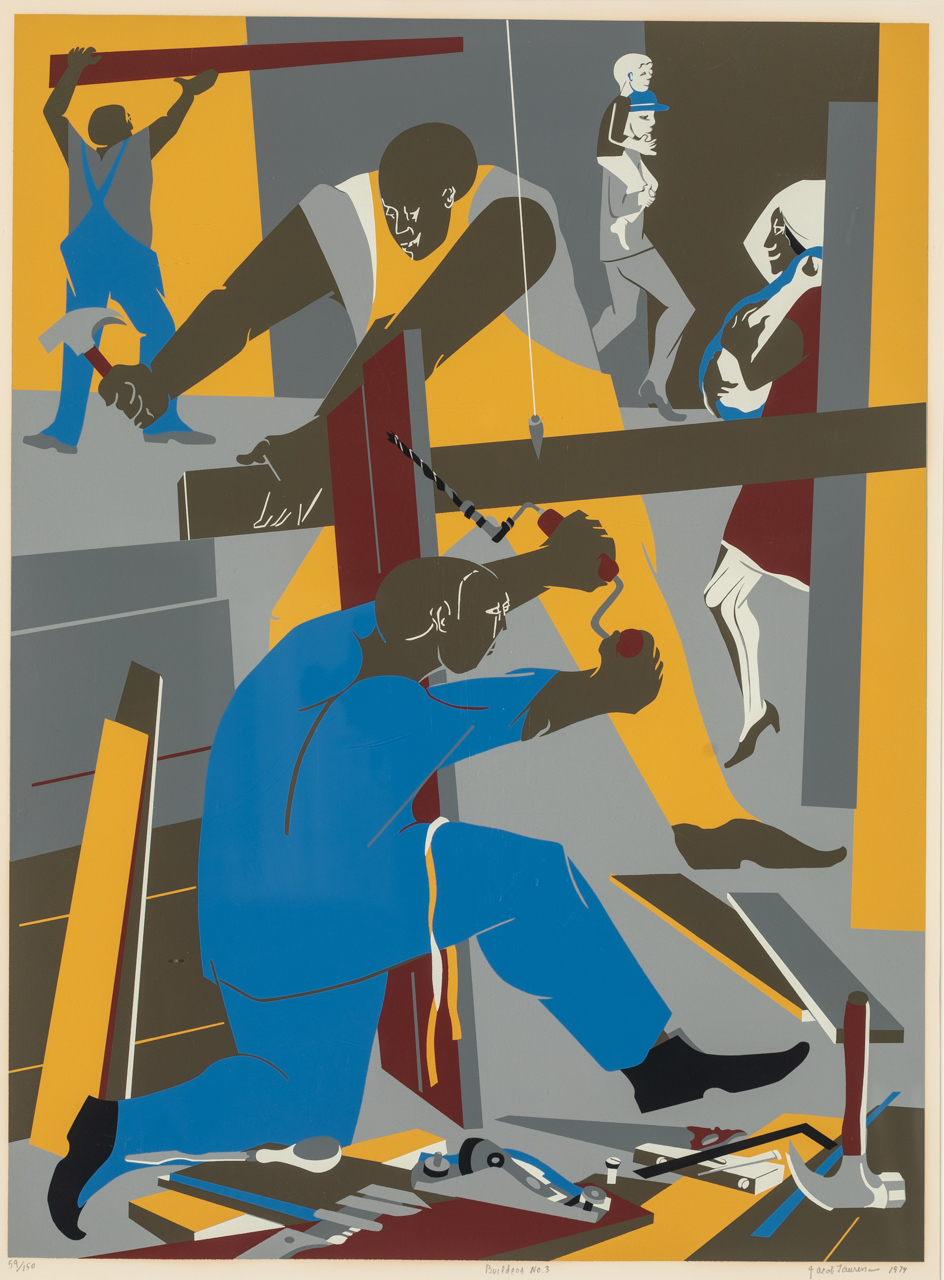 Builders No. 3, Jacob Lawrence
Builders No. 3, Jacob LawrenceThe Stamelos Gallery Center is located on the first floor of the Mardigian Library at the University of Michigan-Dearborn. For more information, see below for contact information. Anyone requiring accommodations under the provisions of the Americans with Disabilities Act should contact (313)593-5087 prior to August 29.
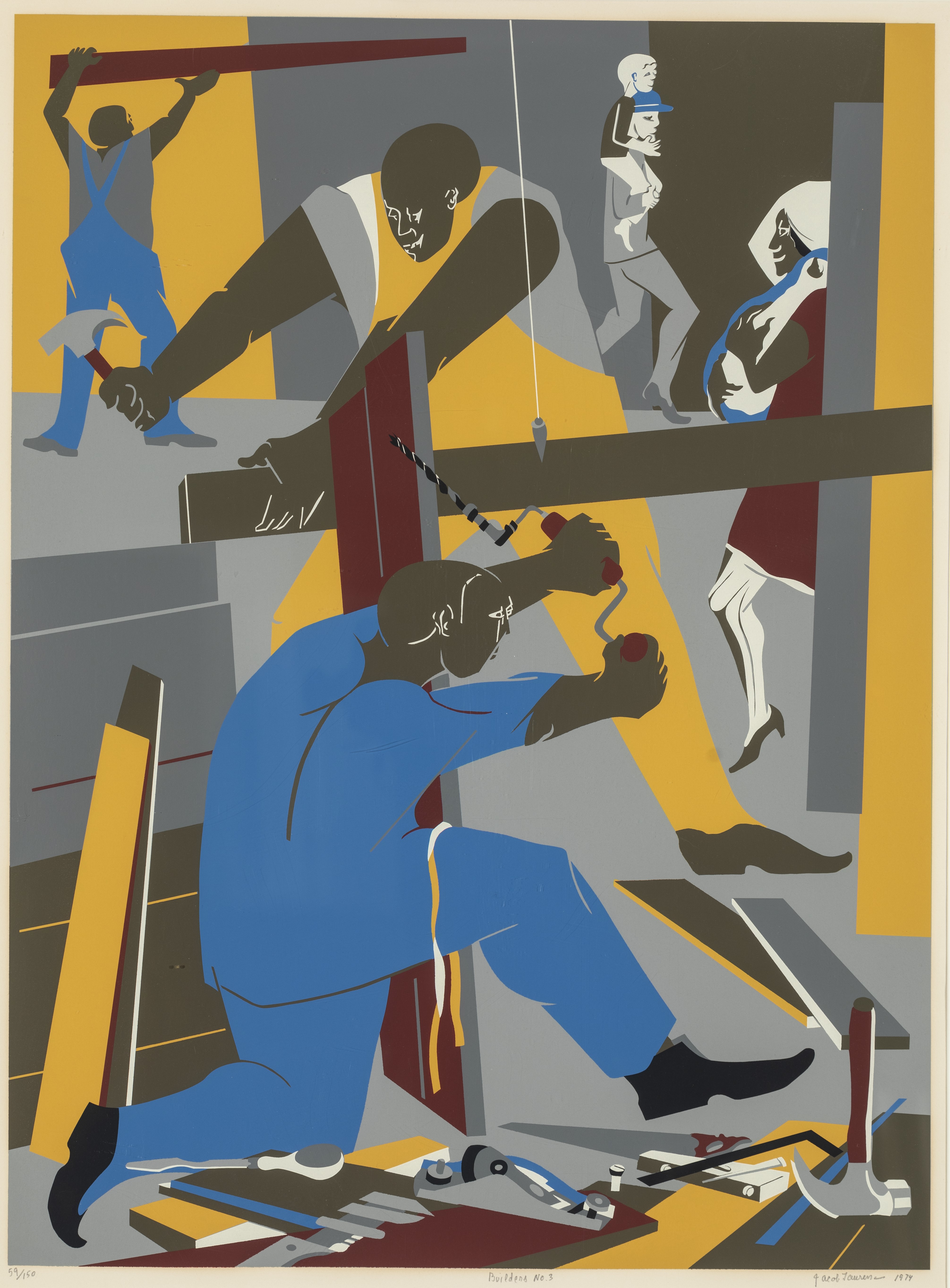
Jacob Lawrence (1917-2000), Serigraph print, 1974
Gift of Gilbert M. Frimet,
Collection of UM-Dearborn (1980.065)
Photographed by Tim Thayer
This powerful serigraph print from the permanent collection was created by Jacob Lawrence (1917-2000), one of this century's most widely acclaimed artists.
Lawrence was born in Atlantic City, New Jersey, but moved to Harlem, New York, at 13. He is among the few painters of his generation who grew up in a Black community, received instruction primarily from Black artists, and was influenced by the experiences of Black individuals.
Lawrence's artwork portrays the lives and struggles of the Black community, capturing their experiences through several series focused on figures such as Toussaint L'Ouverture, Frederick Douglass, and Harriet Tubman, as well as themes related to life in Harlem and the civil rights movement of the 1960s. His style is characterized by vibrant colors and abstract forms.
In the 1940s, during a time of widespread segregation, Lawrence broke racial barriers by becoming the first Black artist whose work was acquired by the Museum of Modern Art in New York City.
He stated, "If at times my productions do not express the conventionally beautiful, there is always an effort to express the universal beauty of man's continuous struggle to lift his social position and to add dimension to his spiritual being."
Researched and written by:
Julianna Collins, Stamelos Gallery Center former intern, UM-Dearborn art history/museum studies graduate, Class of 2025